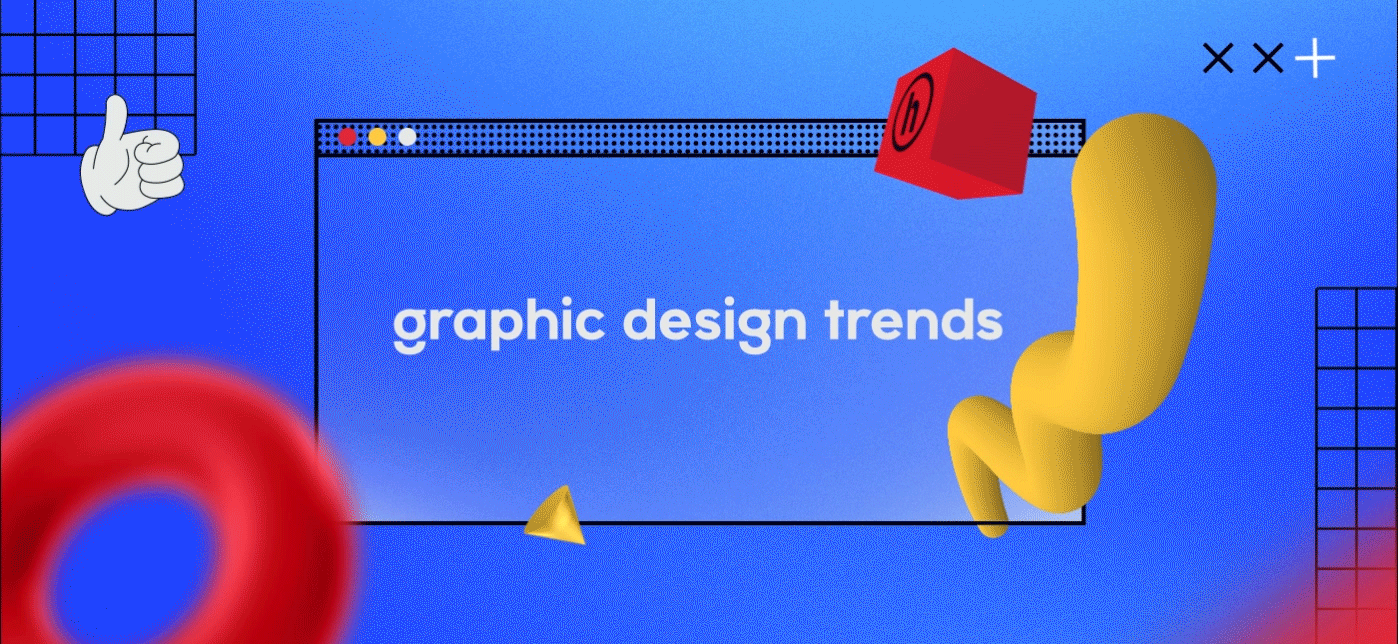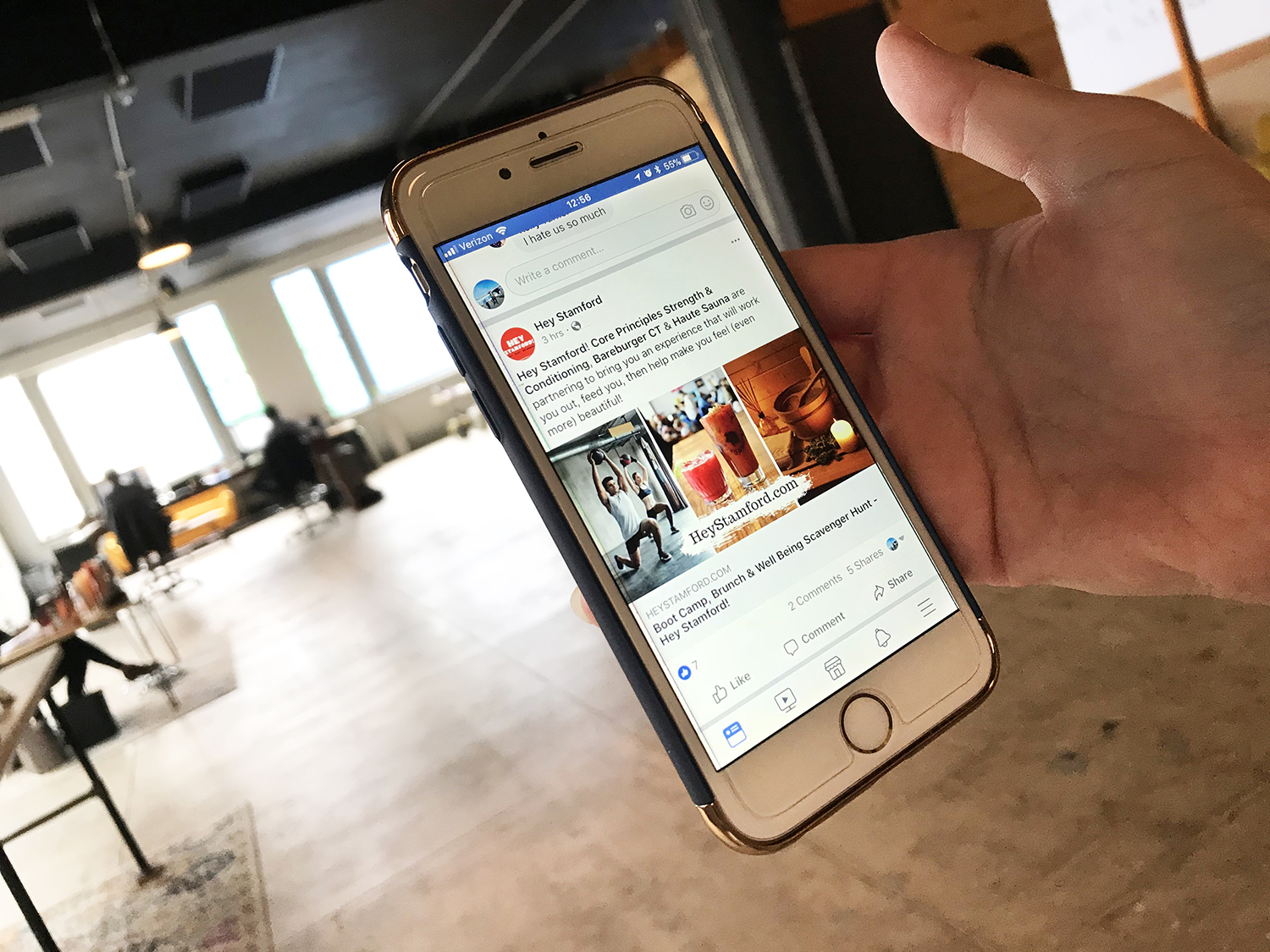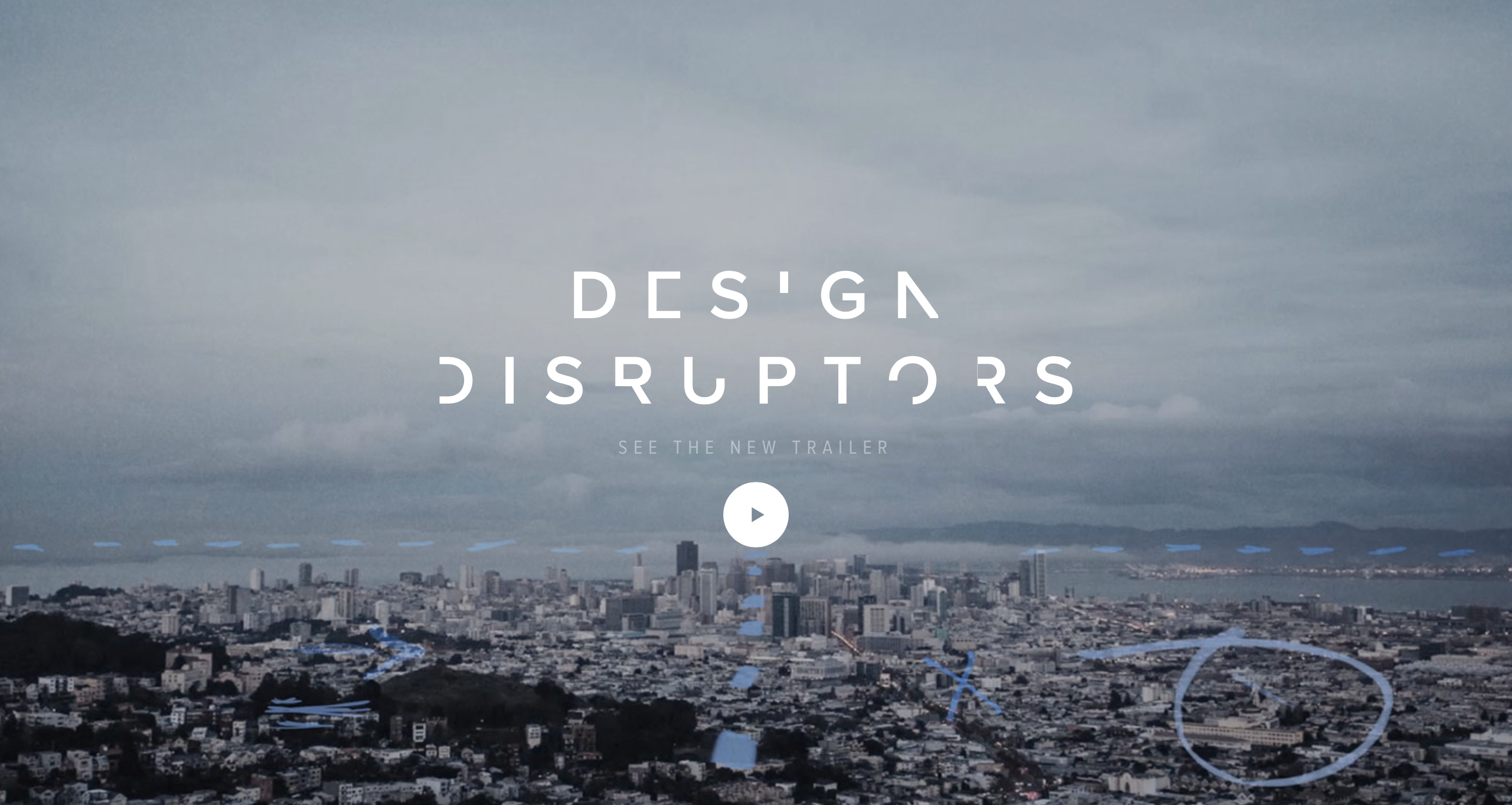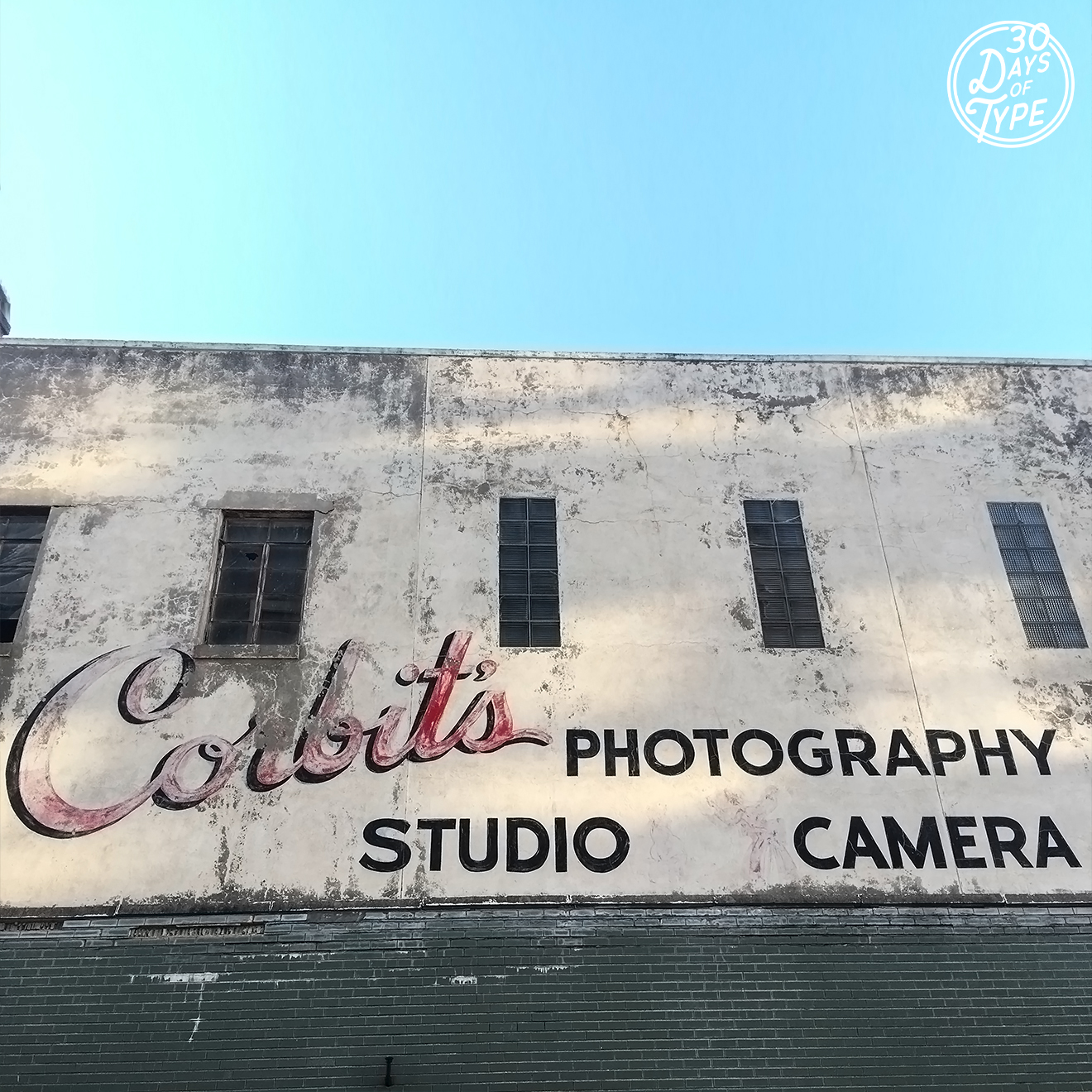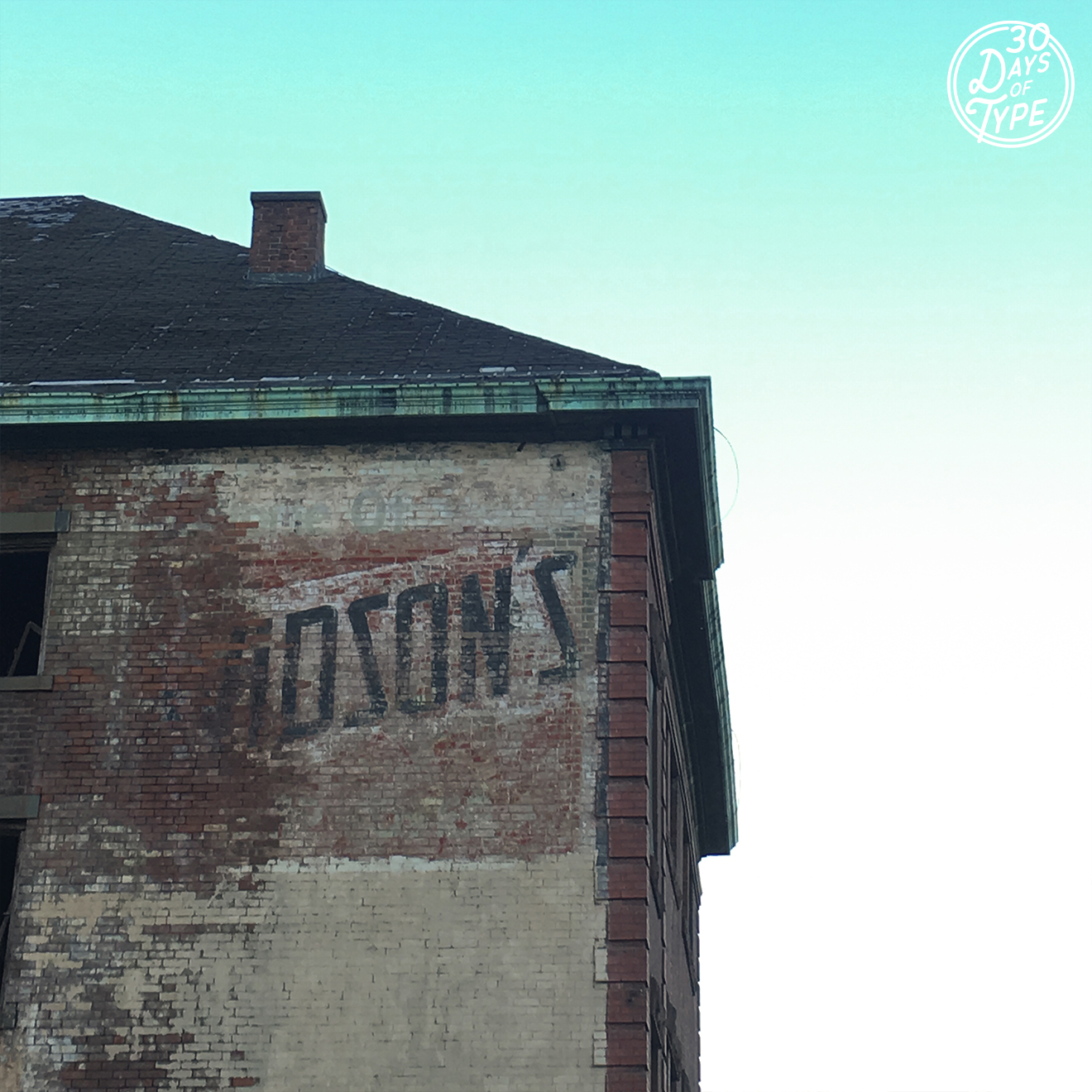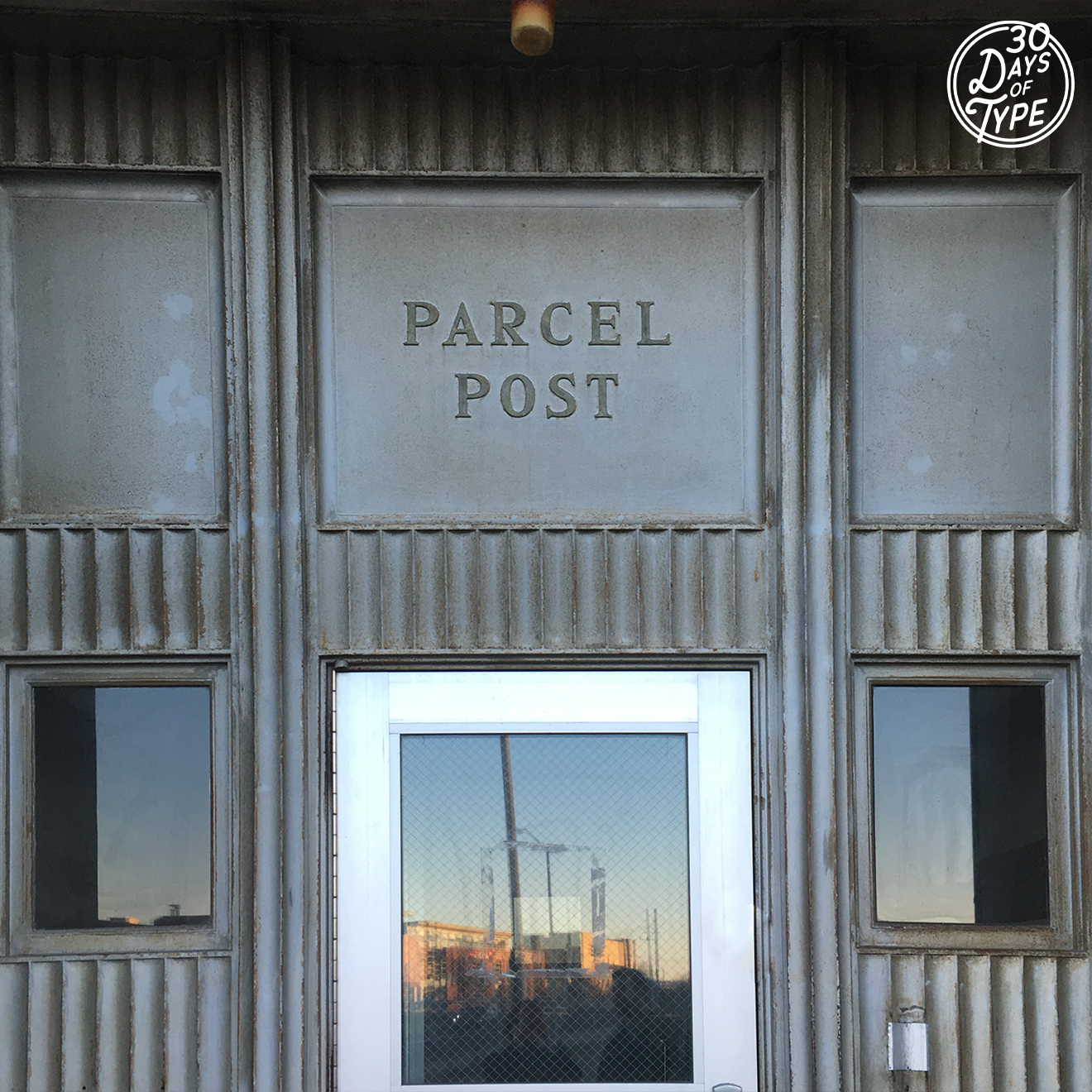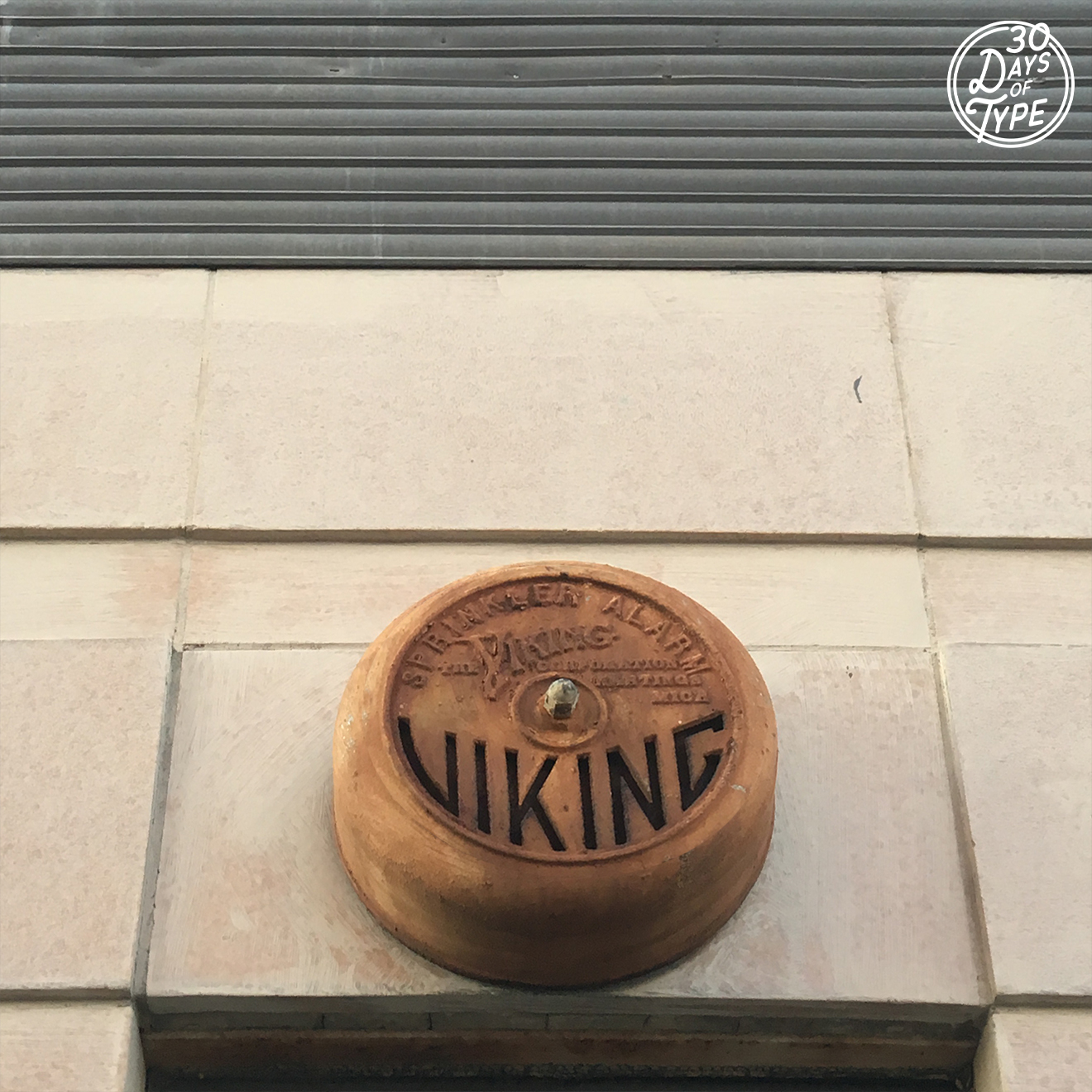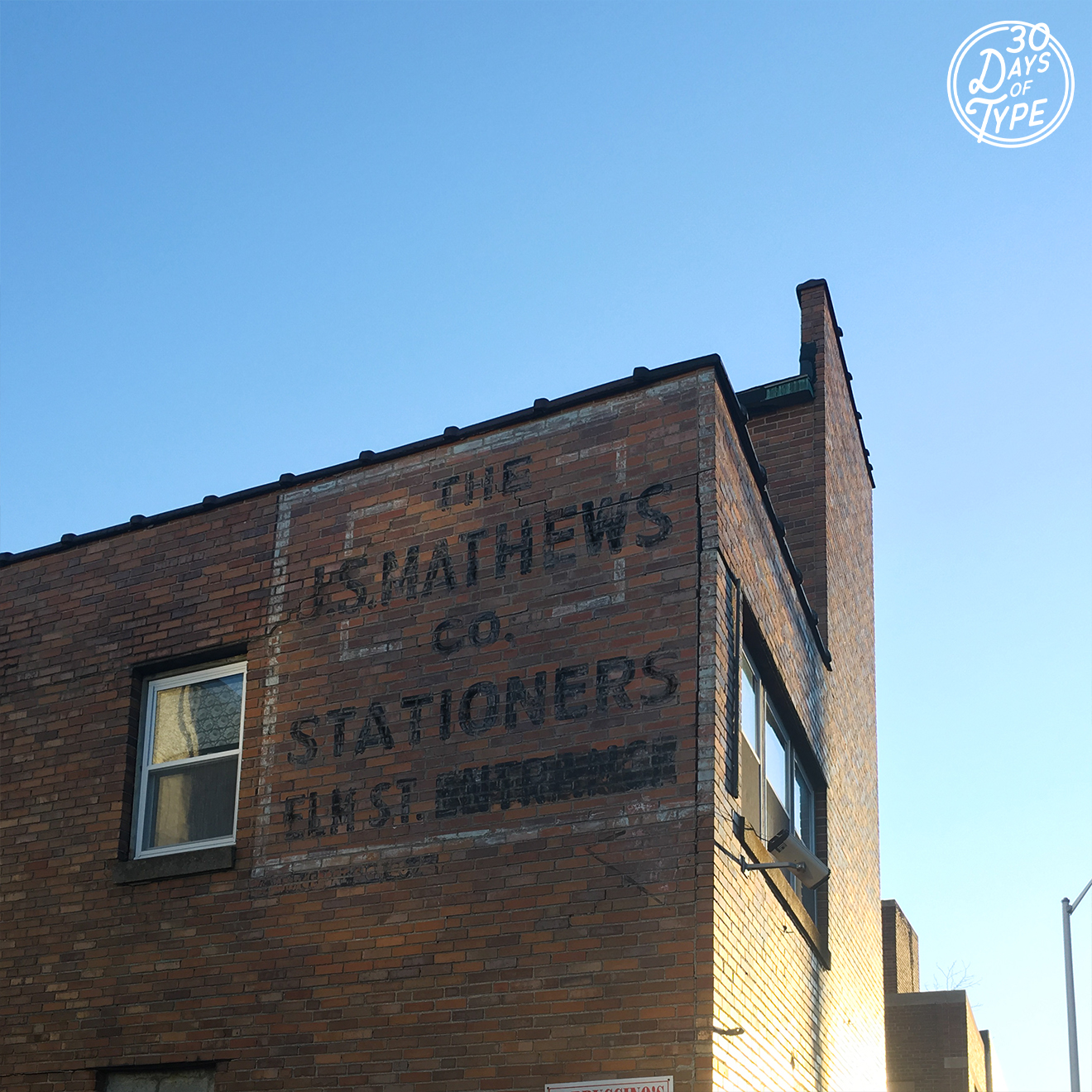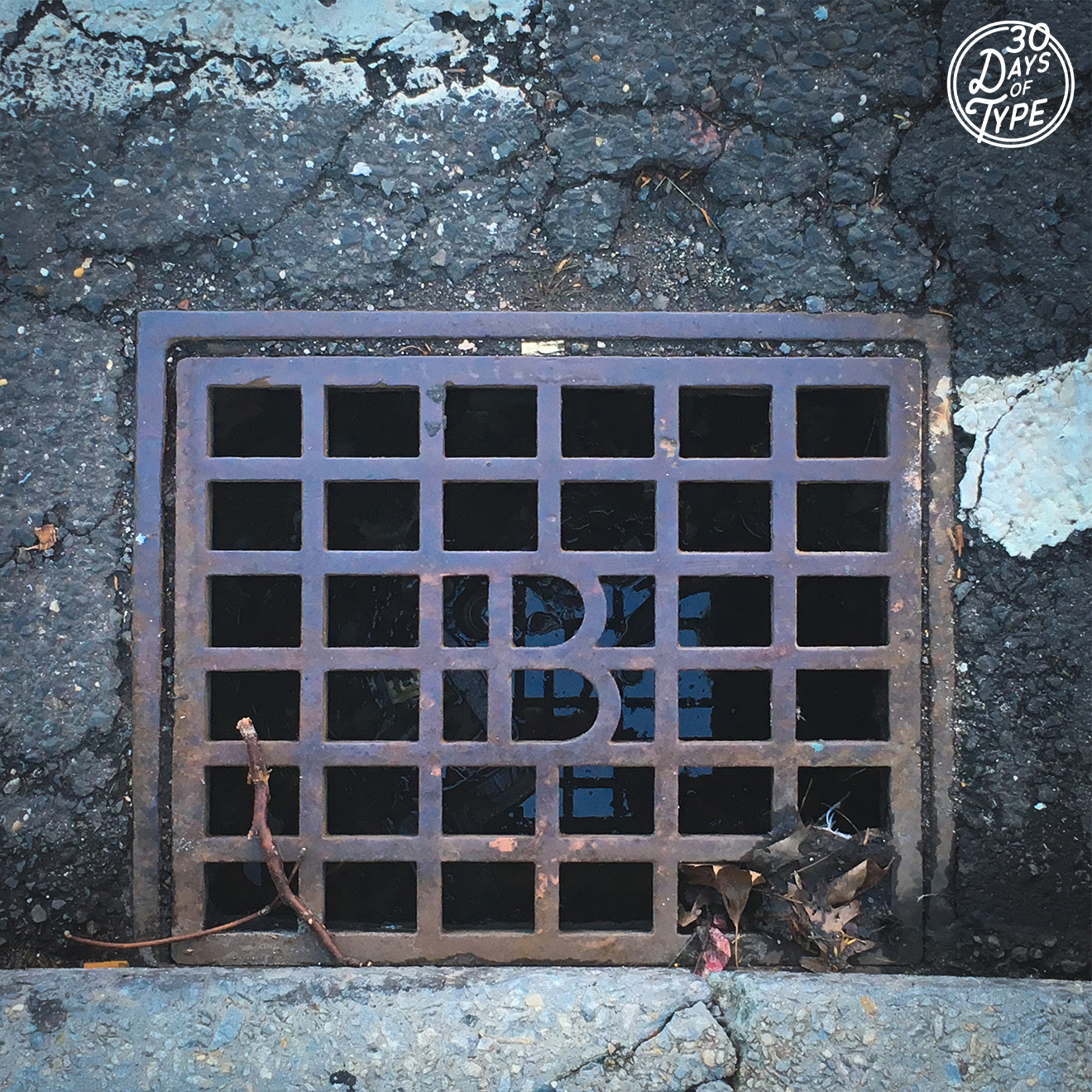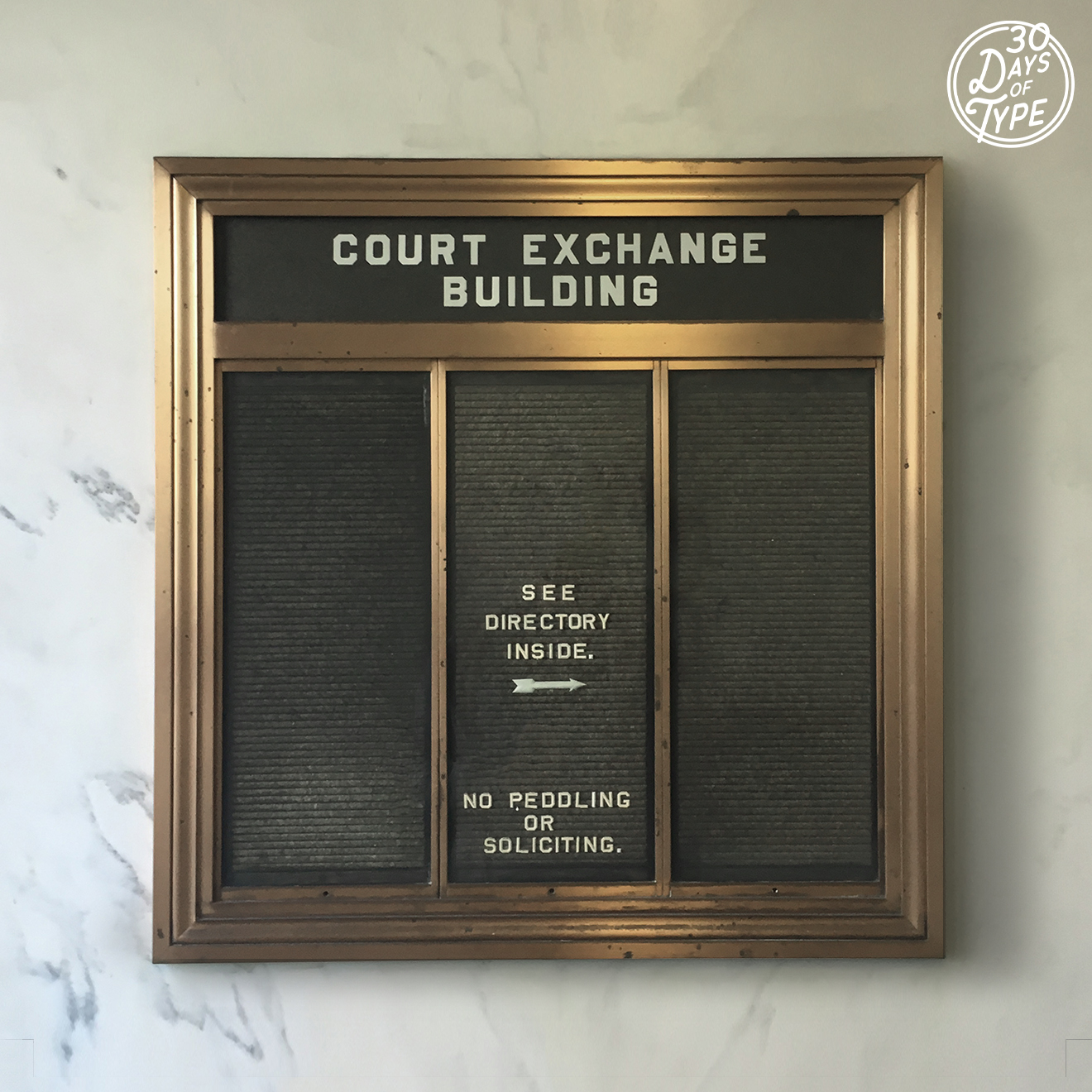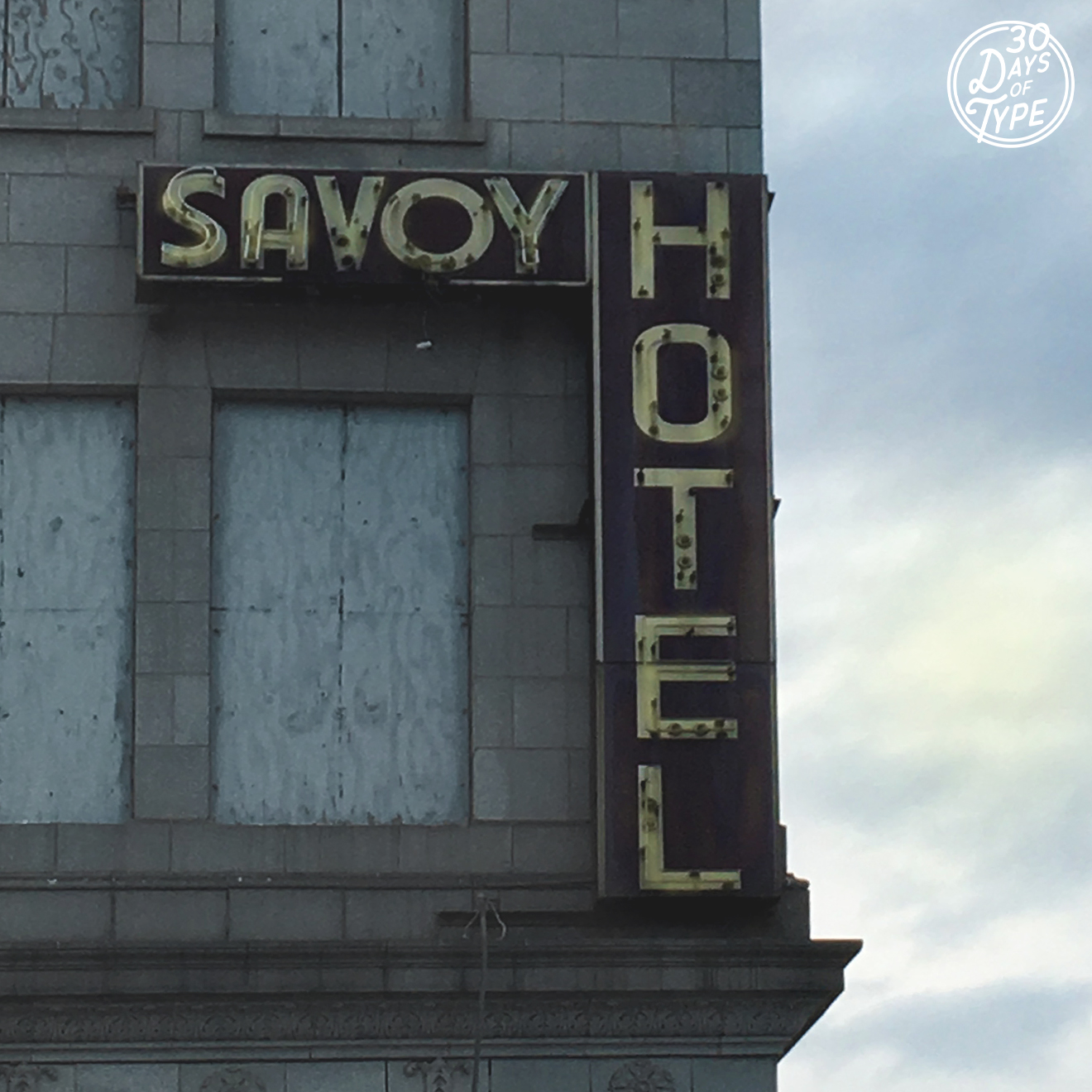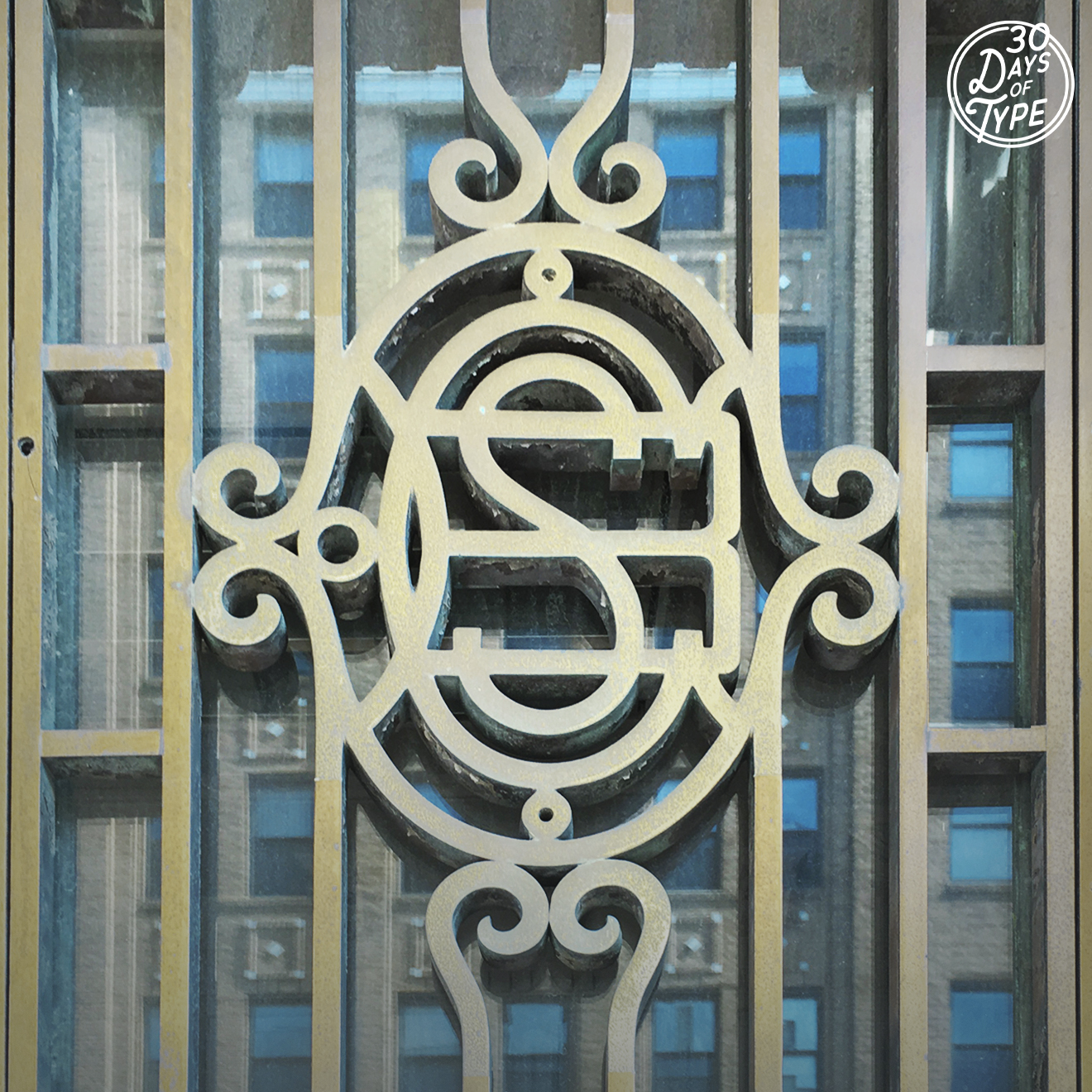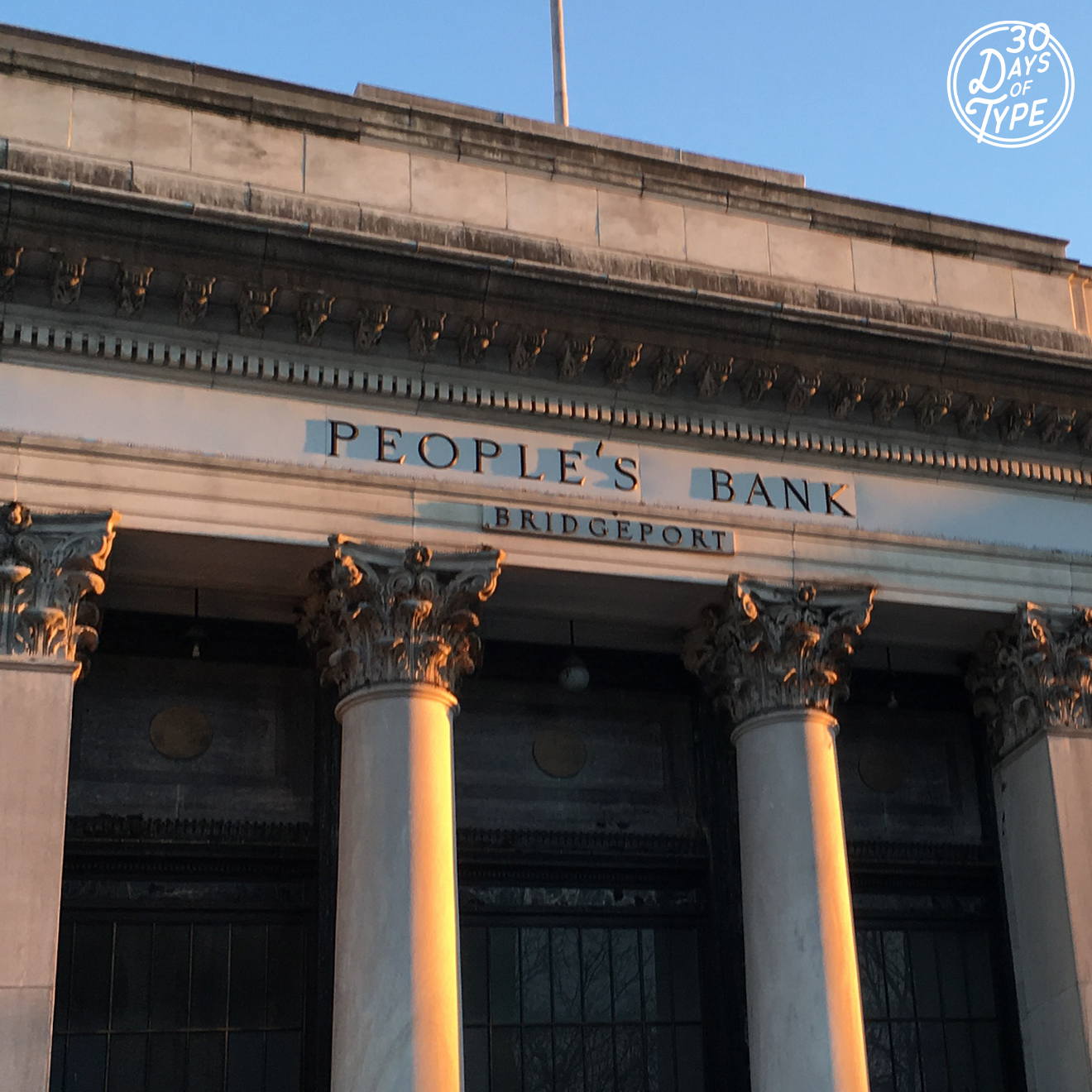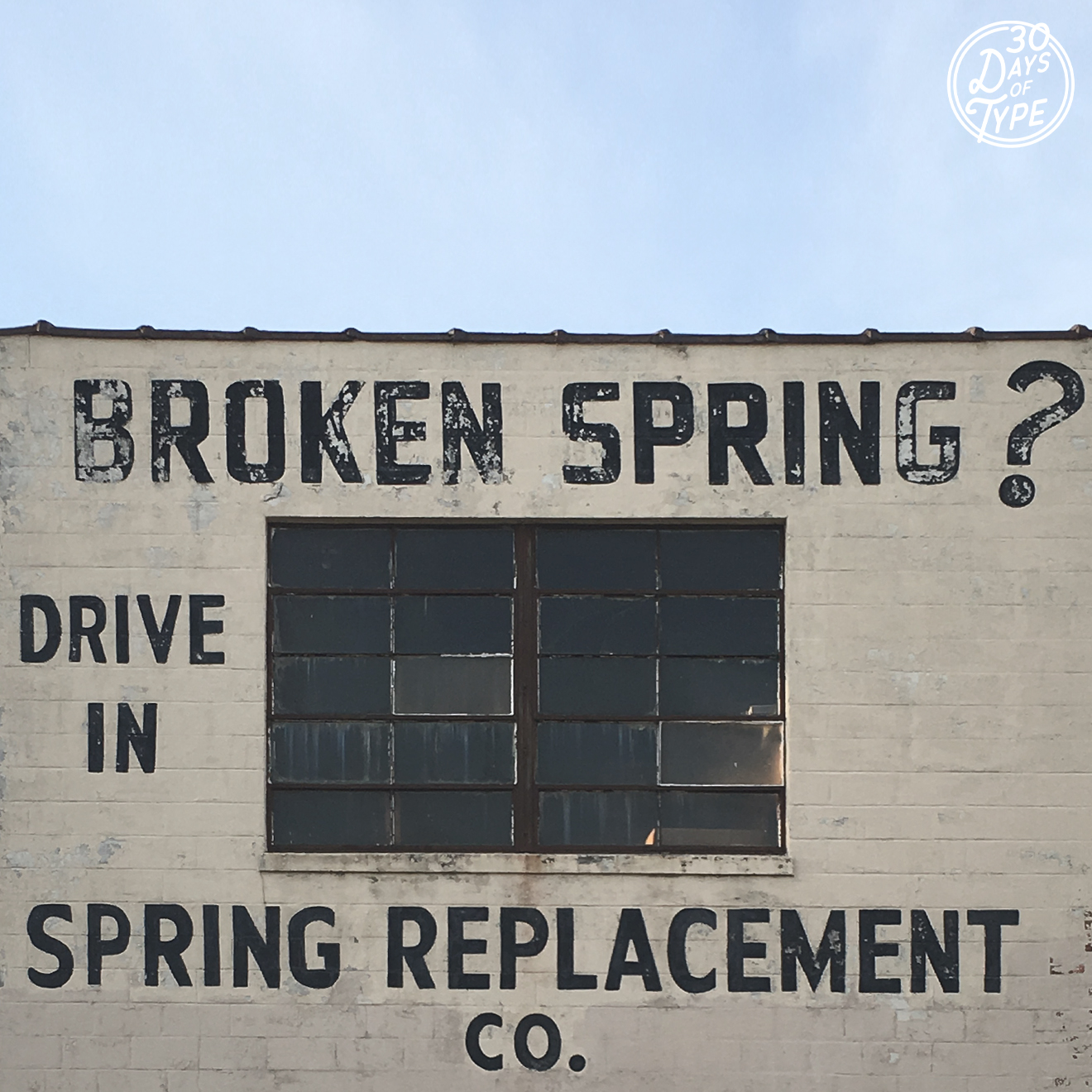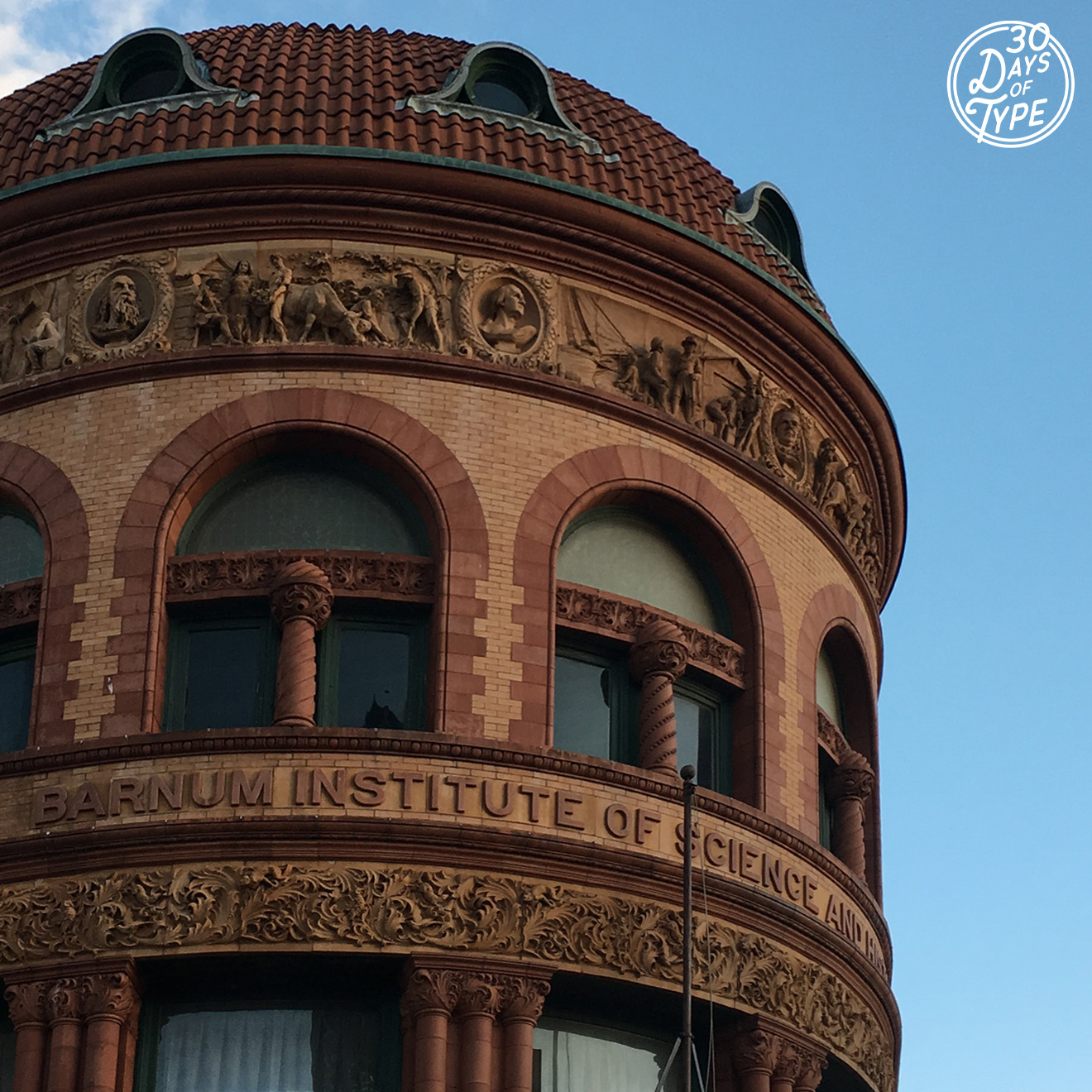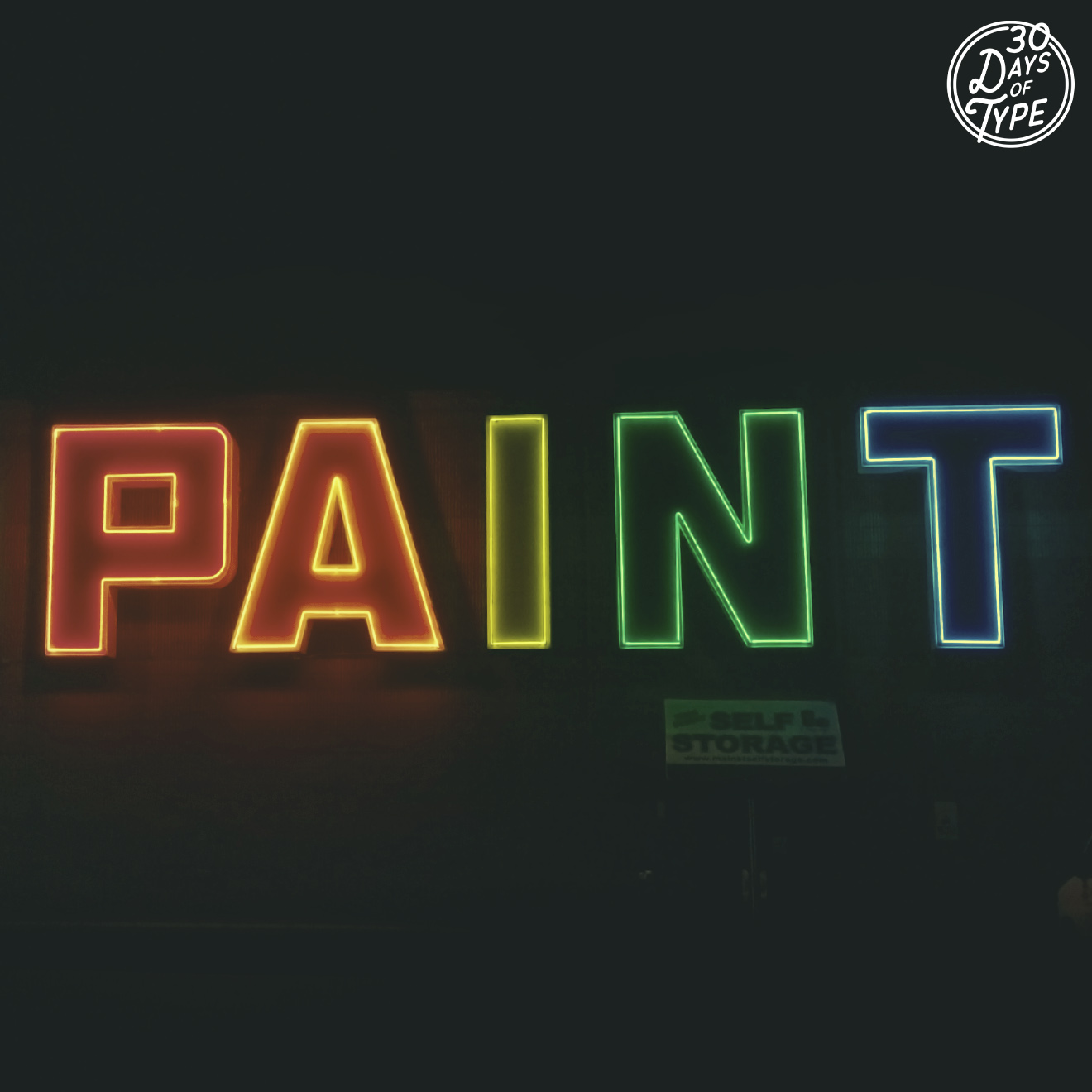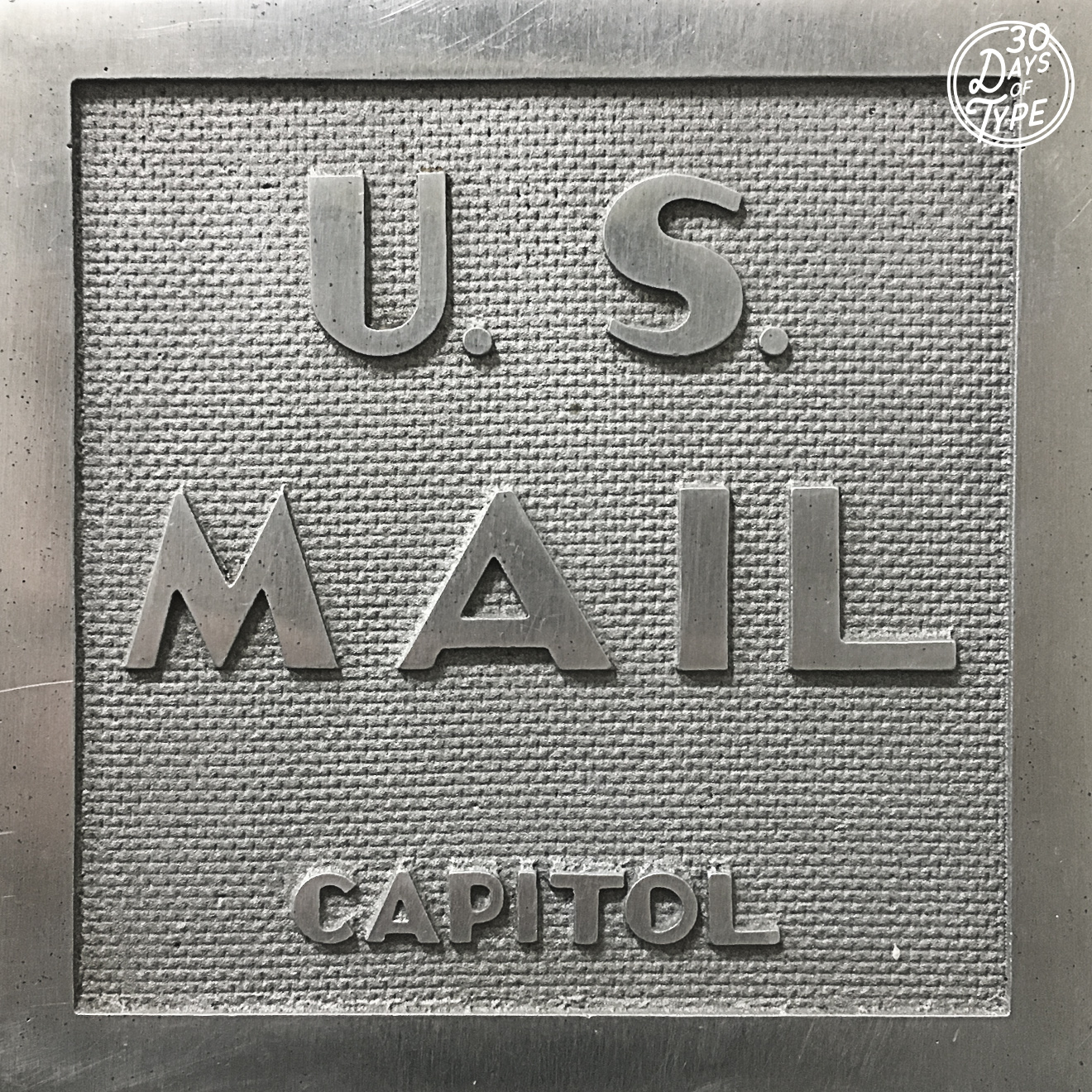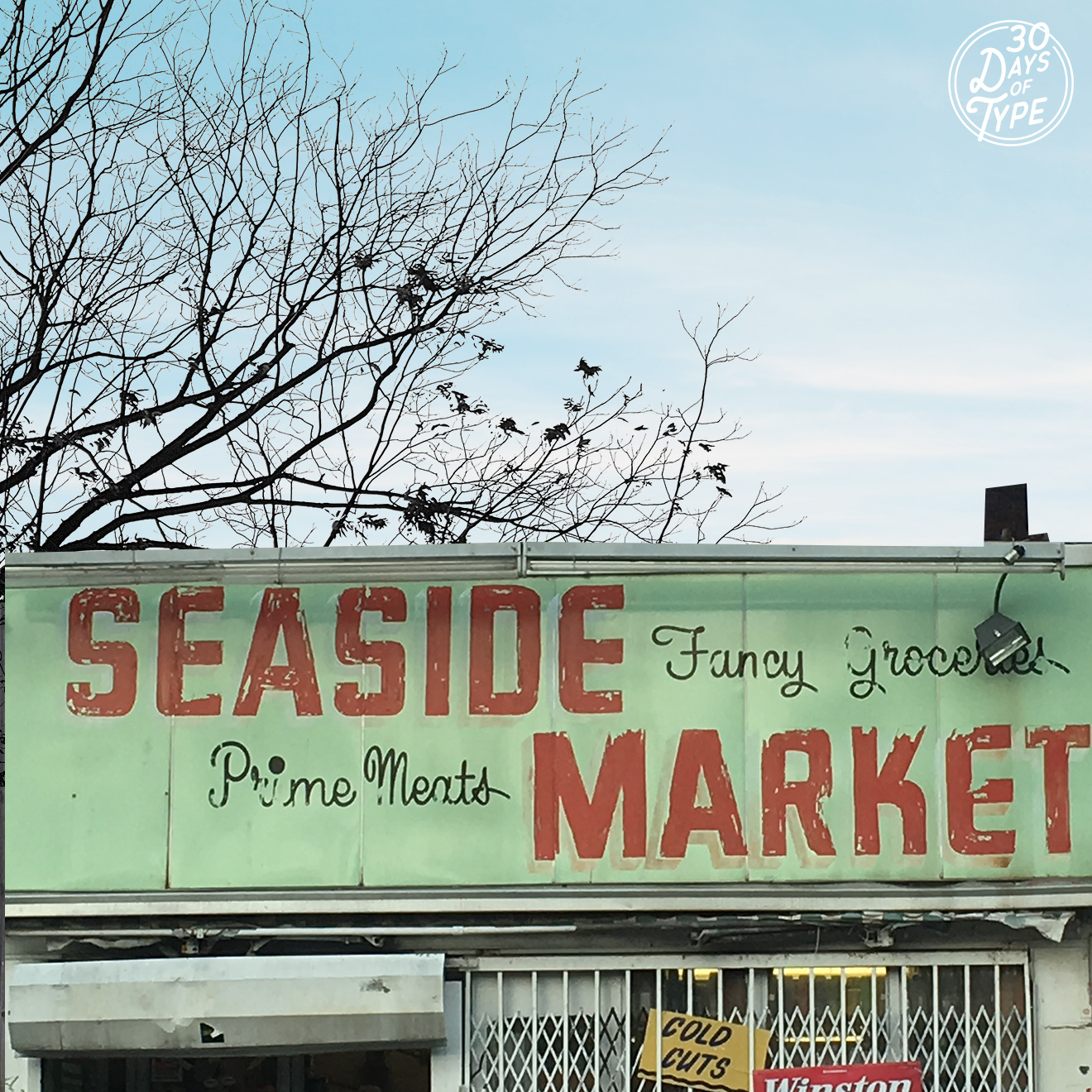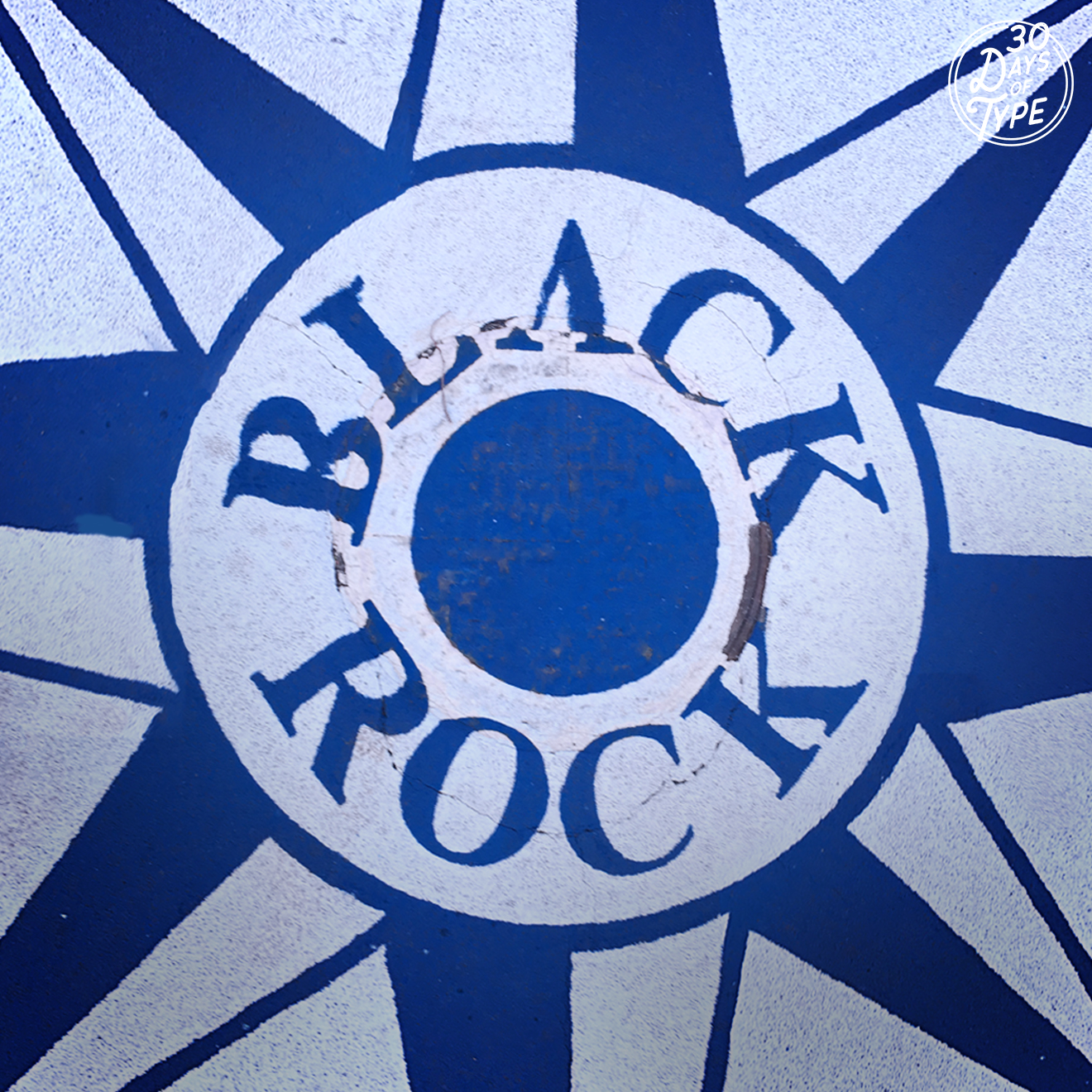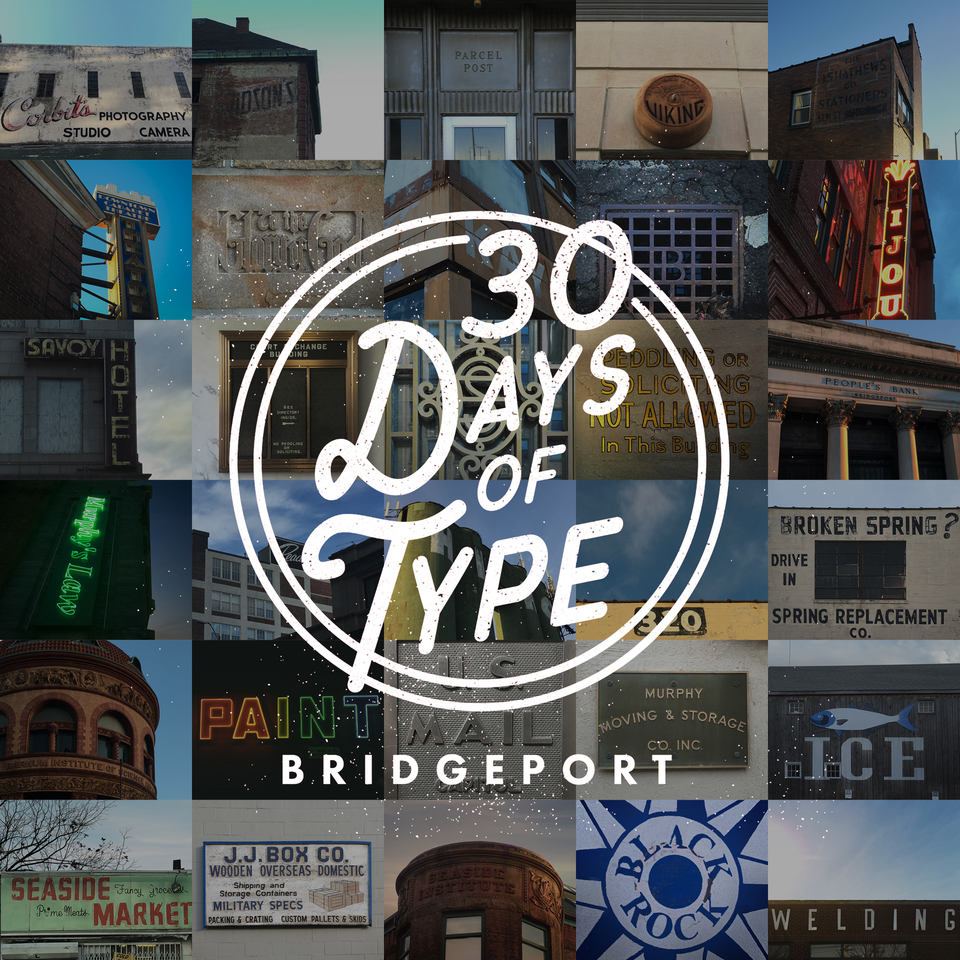It’s no secret that our daily lives are surrounded by the ever-evolving presence of trends. We’re constantly bombarded with the fast-moving cycle of fashion styles (if low-rise jeans make a real comeback I SWEAR TO GOD), latest diet and exercise fads, and even whatever blink-or-you’ll-miss-it TikTok trend is going viral this week (don’t worry, you’ll see it on Facebook Reels in a couple months).
Many trends aren’t actually new or groundbreaking—in fact, a lot of the time we look to the past for inspiration—but rather what’s getting attention and gaining mass popularity in our current society.
However, innovations in technology“>do allow us to make forward-thinking advancements that could potentially catch on. For instance, new design programs or features allow creatives like us to expand our graphics and animation capabilities, thus opening the door to fresh ideas and visions. Like any environment, these can quickly spread in our industry and become more widely used.
With that being said, we thought we’d explore some of the graphic design trends we’re vibing with right now.
What makes a design trend?
Though there’s really no handbook outlining these types of things, we all seem to recognize a trend when we see it once and then see it again, and again, and again. It could be a certain color palette (thanks, Pantone Color of the Year!), typeface, or creative approach.
Like all trends, graphic design ones can vary in popularity and longevity. It’s best to put your time and effort behind a trend you think could hang around and continue to mature. And, while we don’t recommend hopping on trends that seem like a flash in the pan, there can be a time and place for them as well.
For example, see a trend you’d like to stick your creative flag into but not so sure it will last? Play around with it for a social media post as opposed to a website or longstanding piece of marketing material. Choosing the appropriate platform for a trend can be just as important as choosing the trend itself.
Why bother paying attention to trends?
This is a fair question, especially in the marketing industry where originality and authenticity aren’t only embraced, but also celebrated. However, as designers, we know that creative inspiration lives all around us. And, sometimes, that source of inspiration is a trend.
It’s easy to get in a rhythm; to fall into a pattern of only doing what you feel confident in. But we are firm believers in never getting too comfortable—we like to learn from other experts, other verticals, and especially from each other.
In fact, getting out of your comfort zone is the only way to grow! Remaining aware of trends is a great way for us to expand our horizons and try new things. Whether you work in an agency like us or are diversifying your projects as a freelancer, a trend might strike you as a perfect fit for a particular client. This can be an efficient and fun way to elevate a brand and give it relevancy without completely overhauling its style guide.
While trends alone don’t generate good design—basic principles will always be the foundation of our approach—they do offer a creative outlet. So, we suggest keeping your head up, eyes open, and ears to the street.
Now, onto the good stuff…
Graphic design trends
1. Combining 2D + 3D
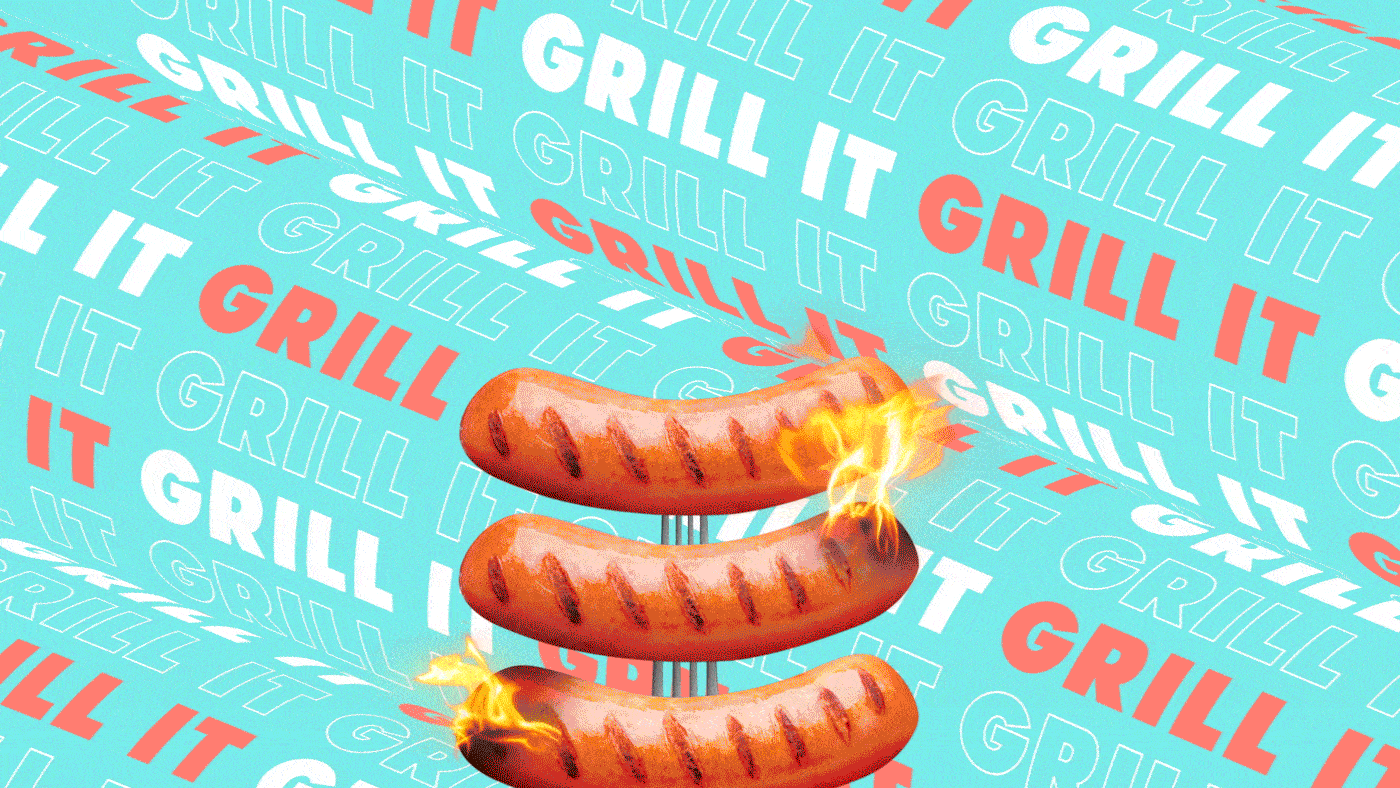
Typically, you’ll see designers commit to using either 2D or 3D elements in a single project due to both consistency and simplicity. The decision between the two usually depends on the purpose and medium of the design, as well as the designer’s abilities.
Much of the time, 2D is the preference for animation since it has high legibility and is easier to implement (relatively speaking). Alternatively, 3D provides a life-like depth to graphics that allows viewers to see more details at different angles. Hence, it’s common to see 3D used in video games, product models, and broadcasting initiatives (such as the effects you see during a televised sporting event) that benefit from spatial awareness.
Each serves its own purpose and has a solid place in graphic design. But what we’re into right now is combining the two elements in the same segment. It feels a little rebel-with-a-cause; like you’re breaking some unwritten rule, but with good reason.
Adding 3D components elevates the quality of a design without taking away from the versatility and familiarity of 2D. The trick is to be purposeful with your blend, making sure that the overall composition stays cohesive.
2. Mixing Mediums

Similar to combining 2D and 3D elements, we’ve been loving the impact that mixing a number of different mediums into one purposeful collage has on a design. This could be any compilation of visual components, such as flat graphics (icons, vector content, etc.), photography, 3D, varied textures, or typography. We especially appreciate how motion graphics help bring an assortment like this to life.
It seems like it would be all wrong (and, when not done correctly, it can be), but the end result is something new and interesting that collectively catches the eye while also drawing attention to the individual elements.
3. Looking to the Future (and the Past)

It’s just plain fun to daydream about what a future world might look like; how technology and innovation will propel us forward into new territories. It’s something we’ve been doing since the 20th century (by the way, George Jetson was born in July 2022—feel old yet?) and will continue to do as we leverage our colorful imaginations as fuel for invention.
This is something we’re always doing as designers and, right now, it’s about anticipating how virtual reality, augmented reality, and immersive experiences will transform how we live our lives. But, while we keep our heads in the clouds, it’s also inspiring to look to the past at the designs that strike us as universally familiar.
Like we talked about before, the past has always been a catalyst for trends. All you need to do is turn on the TV to catch a glimpse of the number of shows and movies from past decades making a resurgence as reboots. Walk through the halls of an American high school right now and you’d swear you stepped back into 1999.
The same goes for graphic design. We’re seeing a lot of ‘90s minimalism, art deco, retro throwbacks, bold neons and geometric patterns of the ‘80s, and flat 2D illustrations. The use of these elements is powerful in that it stirs the feelings of nostalgia within us.
And, if you’re too young to remember, it’s still something fresh and exciting you’ve never seen before. It’s like the saying goes: “Everything old is new again.”
4. Abstract 3D Animation
Credit: Credit: 은서 choi, Behance
Sometimes the best things are the ones that make the least sense? There’s been a surge of using 3D motion graphics in bizarre, unexplained ways and we’re not mad at it.
While most of the time graphic design is used as a visual vehicle to storytell, this trend isn’t too worried about logic and instead is purely trying to create something interesting. The point is to make it so out of the box and new that it’s strangely memorizing.
Most widely found in commercial spots or promotional materials that highlight a product or less-tangible concept, this approach is really just about grabbing eyeballs and keeping them engaged.
The bottom line
In marketing, trends can be a great way to help clients expand beyond their typical design style. However, it’s important to stay true to a brand and not just follow a fad because it’s “trendy,” but rather because you feel it’s a useful tool to make a relevant statement in a fast-paced environment.
For graphic designers specifically, being aware of trends can allow you to stay current with what’s happening in the creative world while also being introduced to new programs or approaches worth learning.
We think the trick is to use a trend as inspiration as opposed to dictation. Putting your own personal spin on a trend is what will help you stand apart from the crowd and solidify yourself as an independent thinker.
Who knows? You might just launch the next trend.
